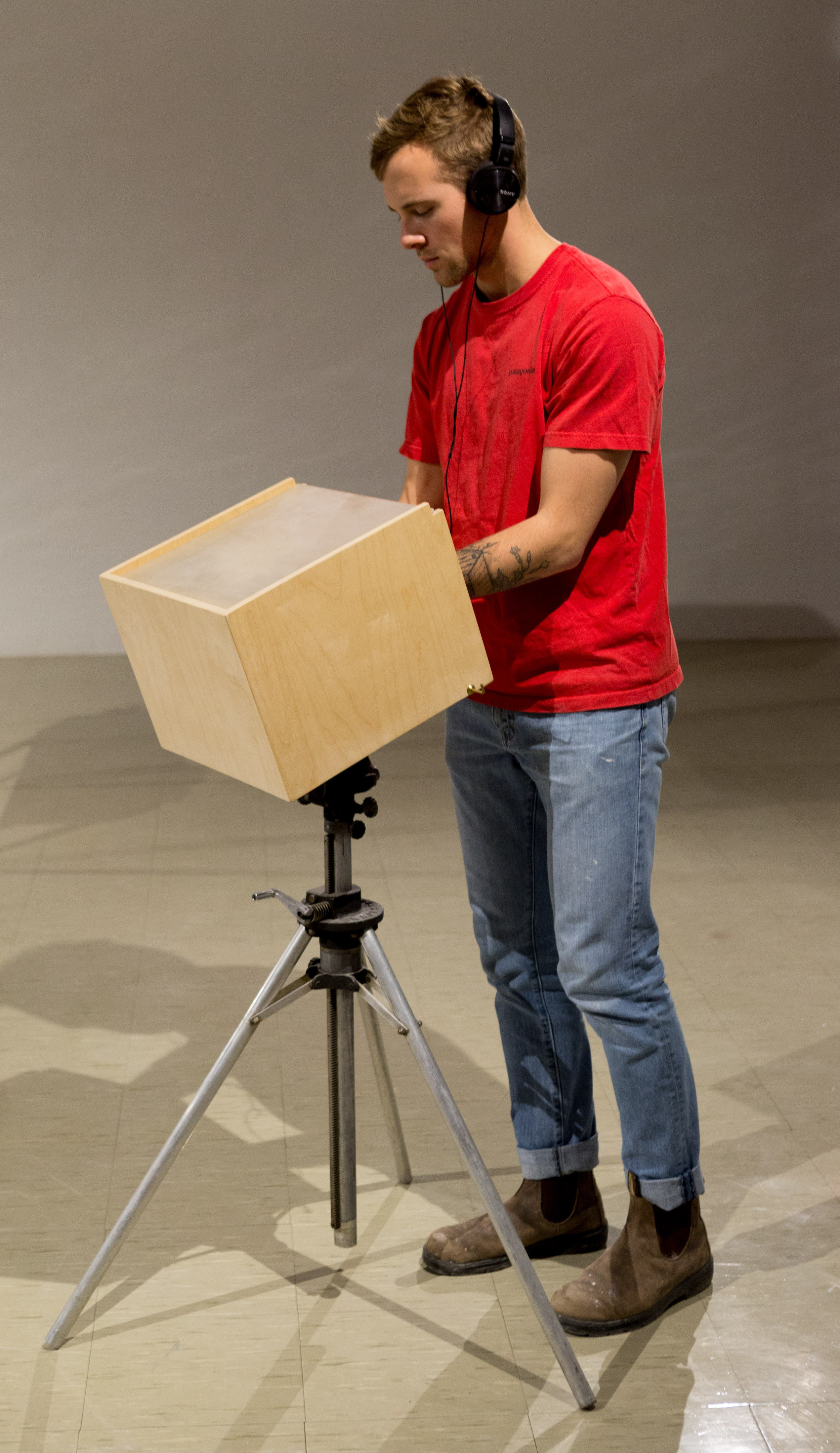COPER SPADE AUDIO TRANSCRIPT
AB = Alison Britton
TH = Tanya Harrod
CC = Claire Curneen
OW = Oliver Watson
NB = Neil Brownsword
EC = Emmanuel Cooper
EC : But the other thing of course, was that he put these pots on a stand, so that it was like incorporating a plinth in to the actual pot itself.
AB :Um... cause when you look at first, you think it might be a cup sitting on a neck and it’s not, it goes all the way down.
EC : And it, and what it does is to give the pot an extraordinary sense of formality. It roots it on the ground, it’s the plinth. It’s the object on the plinth but the object on the plinth are one and the same. A plinth, of course, we think of a plinth as performing a function. It isolates an object, it um, presents an object, it puts it in to space. But it gives it, but it gives that object artistic status. I feel like it gives it some sort of queued sense.
AB : If it had been in various people’s homes, it would have had flowers in it, wouldn’t it have? And Lucy would always have put flowers in it. Pots.
TH : And, I can see why, people want to have a Hans Coper pot, but you know, one can see them in a certain sort of interior. Full of other kinds of kind of iconic objects, you know, you can see it behind a, beside an African sculpture. There’s a whole sort of row of things that can hang together aesthetically.
AB : I like them more when he’s playing more severely with the form. When there’s more kind of flattening or extension or something. But I own a little, um, thistle one. And some of the ones where there’s been an envelope shut really um to an extreme to the points at the bottom. They, that’s the spade one, isn’t it. (Hmm) That may be my favorite form.
NB : There are better pieces, which again, I could talk about, you know I think the more two-dimensional pieces. Those which are kind of constructed Cycladic pieces. You know I think they give me more of a buzz than this particular piece.
TH : Um, you can, I think he came here virtually as a school ward. I think he had plans to train here as an engineer. And these are beautifully engineered.
OW : Um, very interesting character. Coper, I think. Neither Rie nor Coper wrote. Wrote hardly anything about ceramics, or their making, or their work. Or anything. There’s one famous passage in a small paragraph by Coper in the Coper and Collingwood show. And actually there’s a letter in the V&A archive where he asked whether he could withdraw it because he didn’t want even that published. And it was all about the work speaking for itself.
TH : And I think they work wonderfully on a big scale, like the um, great candlesticks in contrary at the cathedral. Ah, which are kind of engineered out of several parts.
CC : And quite in terms of, I looking at it through photographic work, feeling that it’s a bigger piece of work. Because it seems to demand a lot of space. TH : Um, so I’m impressed by it, but I’m not moved or touched in quite the way I expected I would be.
OW : I think I’ve been infected by the, you know, the awe one has for Coper and seeing his great timeless art and what I nd strange about it now, coming back to and looking at them again, after, after a few years and suddenly seeing them it’s very much of their period, they start to have a period look to them.
NB : But the thing I, I suppose with Coper is he’s a bit like the Henry Moore of the sculpture world, isn’t he? You know, you kind of got a bit bored of him. You know, after you’ve seen one piece, you kind of I know he was kind of seeking that perfection within the object but um.
NB : I love the kind of subtlety of surface on it. Um and how that works with the kind of purity of form. Um, you know I could quite happily um. Not pick any kind of fault with that.
CC : And the kind of formal compositions between the line and the incise line, it’s quite serious, it has a lot of weight and seriousness. It has a lot of stillness. Really quite beautiful.
EC : And here he allowed himself to show you what the wheel was about because you’ve got this spiral line running up it which is a line of growth of course. It is about this whole thing growing up.
NB : Just that contrast of interior and exterior.
CC : You could kind of get that sense of, um, presence of that. Where it holds a space, where it can kind of exist quietly. Um.
AB : But, it’s very, very, um, evocative of the whole body of things.
CC : Ah, it’s just incredible, incredible. I never thought it would be as, beautiful as that.




